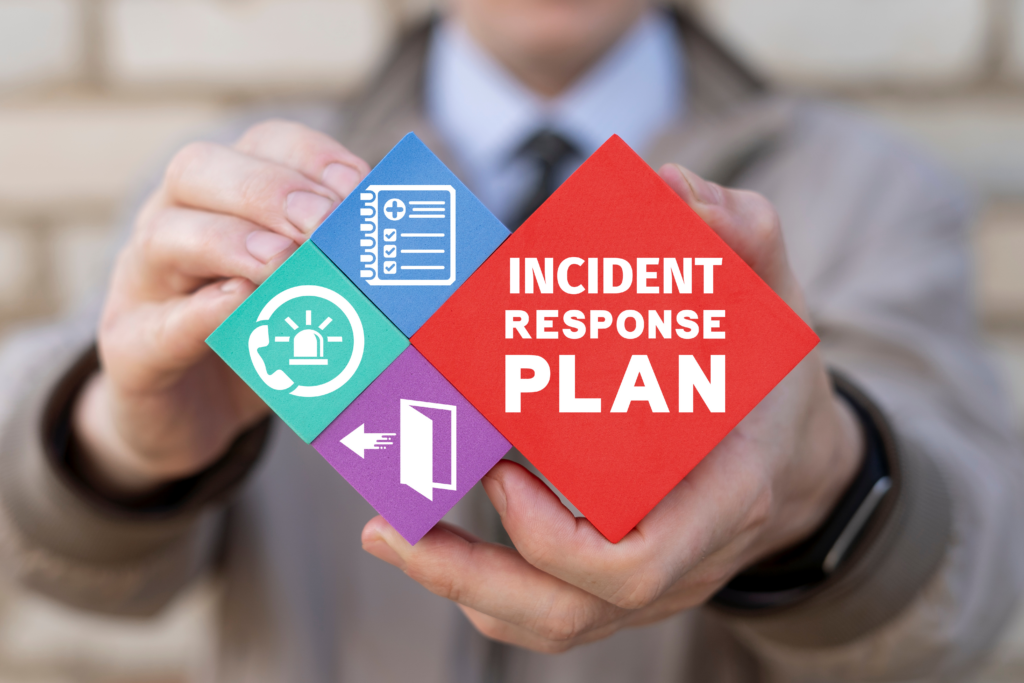
Mastering NIST SP 800-61: A CPA’s Guide to Proactive Incident Response
Empowering CPAs: Fortifying Cybersecurity Measures
 In today’s digital age, data breaches and cybersecurity incidents have become increasingly common, posing significant risks to organizations of all sizes. Certified Public Accountants (CPAs) play a critical role in helping businesses safeguard their financial and sensitive information. To effectively protect your clients and yourself, it’s essential to understand and implement robust incident response plans. One such valuable resource is the NIST Special Publication 800-61, a comprehensive guide that outlines best practices for incident response planning. In this article, we’ll explore the key elements of NIST SP 800-61 and its significance for CPAs.
In today’s digital age, data breaches and cybersecurity incidents have become increasingly common, posing significant risks to organizations of all sizes. Certified Public Accountants (CPAs) play a critical role in helping businesses safeguard their financial and sensitive information. To effectively protect your clients and yourself, it’s essential to understand and implement robust incident response plans. One such valuable resource is the NIST Special Publication 800-61, a comprehensive guide that outlines best practices for incident response planning. In this article, we’ll explore the key elements of NIST SP 800-61 and its significance for CPAs.
Understanding NIST SP 800-61
NIST SP 800-61, officially titled “Computer Security Incident Handling Guide,” is a publication developed by the National Institute of Standards and Technology (NIST). It serves as a comprehensive framework for organizations to develop, implement, and improve their incident response plans. CPAs can leverage this guide to assist their clients in establishing effective strategies to mitigate the impact of cybersecurity incidents.
Key Components of NIST SP 800-61
Preparation
The first step in the incident response process is preparation. NIST SP 800-61 emphasizes the importance of being proactive in your approach to incident response.
- Developing an incident response policy and plan tailored to the organization’s needs.
- Identifying and training an incident response team.
- Establishing communication protocols and contact information.
- Conducting risk assessments to understand potential threats and vulnerabilities.
Detection and Analysis
This phase involves detecting and analyzing incidents as they occur.
- Implementing monitoring systems and security tools to detect unusual activities.
- Collecting and preserving evidence to understand the nature and scope of the incident.
- Classifying incidents based on their severity and impact.
Containment, Eradication, and Recovery
Once an incident is detected and analyzed, the focus shifts to containment, eradication, and recovery.
- Isolating affected systems to prevent further damage.
- Identifying the root cause of the incident and eliminating it.
- Restoring affected systems to their normal functioning state.
- Monitoring for any signs of recurrence.
Post-Incident Activities
NIST SP 800-61 also emphasizes the importance of post-incident activities, which are crucial for continuous improvement.
- Conducting a post-incident review to evaluate the effectiveness of the response.
- Documenting lessons learned and updating incident response plans accordingly.
- Sharing information about the incident with relevant stakeholders and regulatory authorities if required.
Communication and Coordination
- Effective communication and coordination are essential throughout the incident response process.
- Establishing clear lines of communication within the incident response team.
- Coordinating with external parties such as law enforcement, legal counsel, and regulatory bodies.
- Maintaining open and honest communication with affected stakeholders, including customers and shareholders.
Conclusion
NIST Special Publication 800-61 provides a structured and comprehensive approach to incident response planning that is invaluable for CPAs working with clients in today’s cybersecurity landscape. By understanding and implementing the principles outlined in this guide, CPAs can better respond to an incident at their organization, minimizing damage, and safeguarding sensitive financial information. In an age where data breaches are a constant threat, CPAs who are well-versed in incident response are better equipped to serve their clients and protect their financial interests.
Contributed by Andrew Rose
Related Articles: